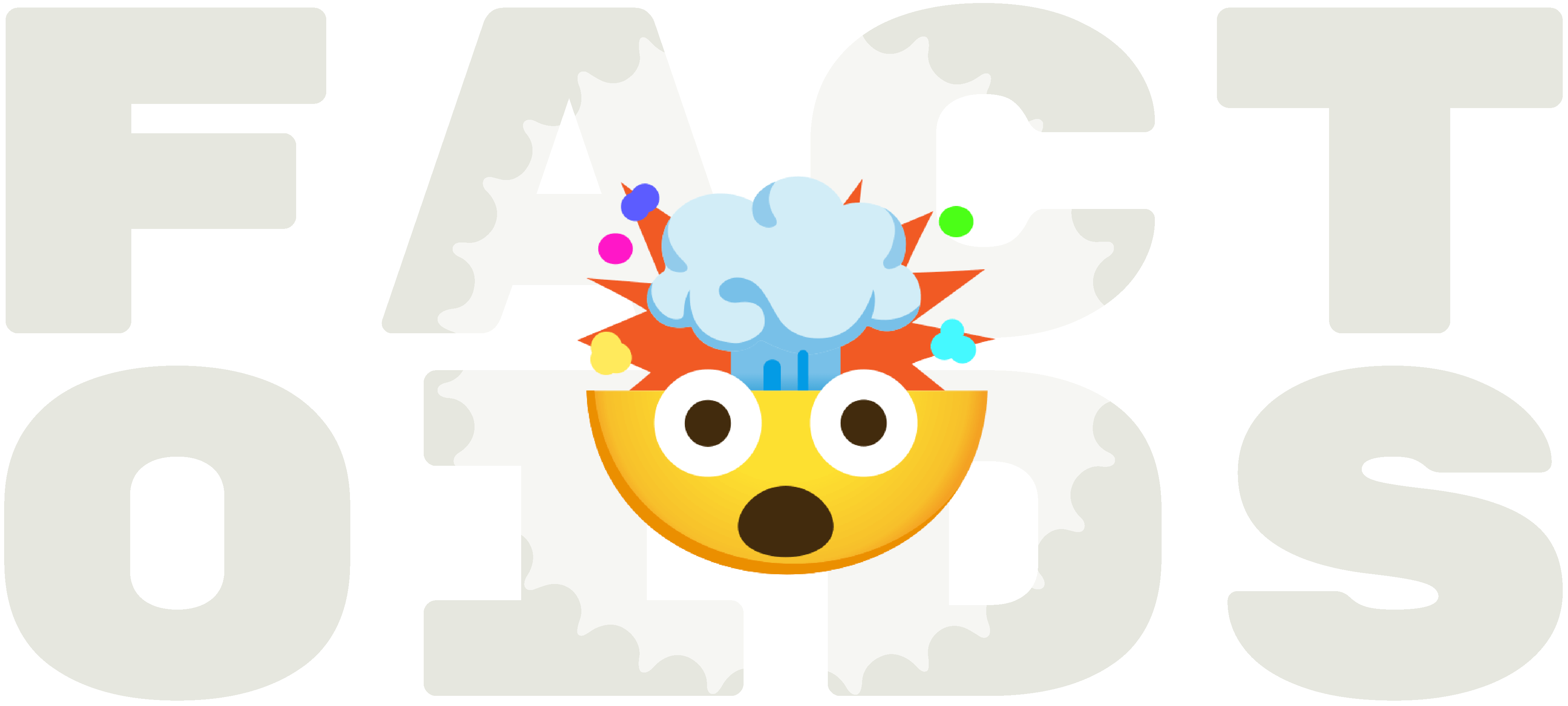The Next Financial Crisis Began Long Ago
A quick look at some recent events can help us predict the future of the global currency system.

This post is for paying subscribers only
Already have an account? Sign in.
A quick look at some recent events can help us predict the future of the global currency system.
